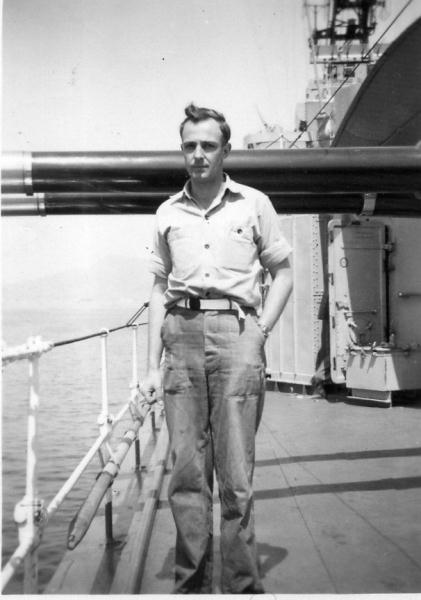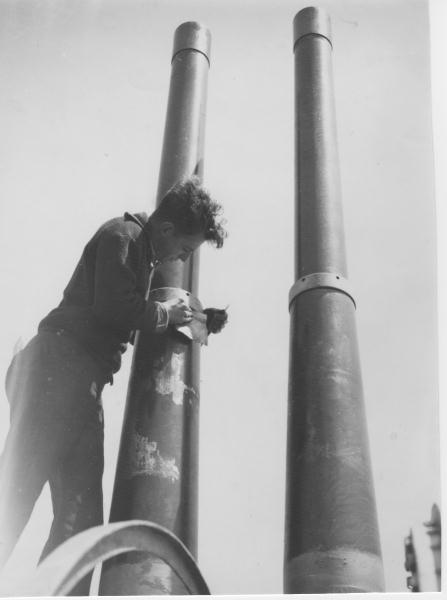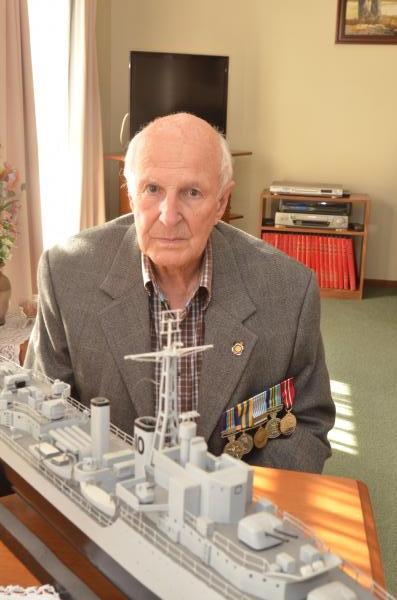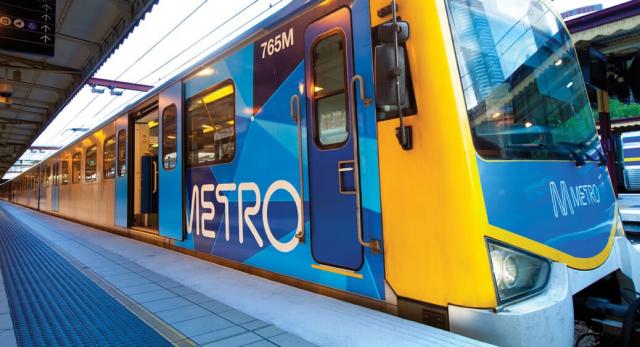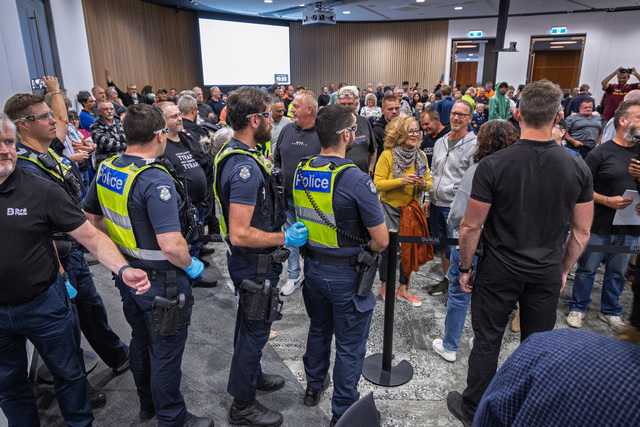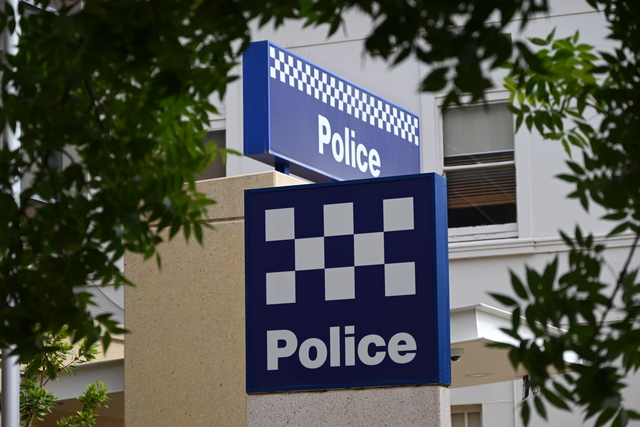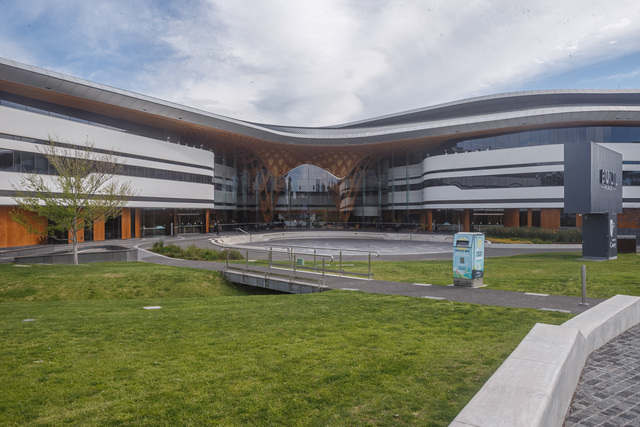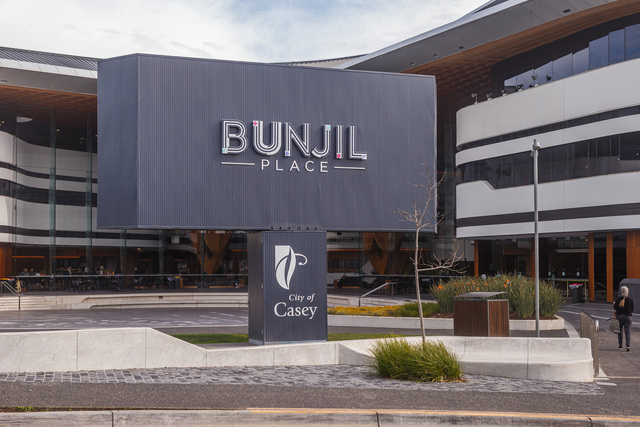By CASEY NEILL
LES Hughes didn’t expect he’d end up in a war zone when he joined the Navy in 1950.
But just months later the 20-year-old from Drouin was on the HMAS Warramunga patrolling the Korean coast, during 1951 and ’52.
“Mainly bombarding railway lines, trains, troop concentrations that we could reach from out at sea,” he said.
“We had to try and knock them off in tunnels at night.
“The shells were landing on either side of us and there were great geysers of water going up.”
The Hallam veteran’s main role aboard the ship was maintenance on a twin, four-inch gun.
“The main thing I remembered was the cold,” he said.
“Every morning the whole ship would be iced up.”
The crew endured minus-20 degree temperatures and constant fear.
Mr Hughes, 81, said lookouts would see mines floating in the seas during the day, but at night they had to rely on anti-sub detection gear.
“It was dangerous to move ships around at night,” he said.
There were a few life rafts on hand for if the worst did happen, but if they had to abandon ship in the freezing cold…
“You’d only live a few minutes,” he said.
“When you’re real young those things don’t really matter.
“Looking back you realise the danger you were in.”
Mr Hughes returned to the region for 12 months on the HMAS Arunta in 1954 to carry out a policing role after the ceasefire.
“It was nothing like the first trip,” he said.
The deployment took him away from new fiancé, Flo, who he met during leave in Hobart in April 1953.
“I had 10 days of leave. We met on the second or third day and went out six or seven times,” he said.
“She started writing to me, I started writing to her.”
In November he used the first of three weeks’ leave to visit Flo and her parents in Hobart.
The second week she stayed with him and his family in Melbourne, where he proposed.
“It was a whirlwind romance,” he said.
“I’d only seen her a few times when we got married.”
She passed away in January after 58 years and three months of marriage.
Mr Hughes has thrown himself into helping other veterans.
He sells Legacy badges and tokens at schools in the area – sometimes visiting more than 20 in a day.
“It’s helping the RSL and the service people to be able to assist people in need,” he said.
“It keeps me occupied as well.”
The Dandenong RSL member has been the sub-branch’s member of the year and volunteer of the year, and in December last year he was awarded an RSL Australia life member for service to the Victorian Branch.
He planned to march in Dandenong’s Anzac Day service.
“It’s a way of remembering the people who didn’t come home and being together with the people who did,” he said.
For more Anzac stories see pages 9-21.

